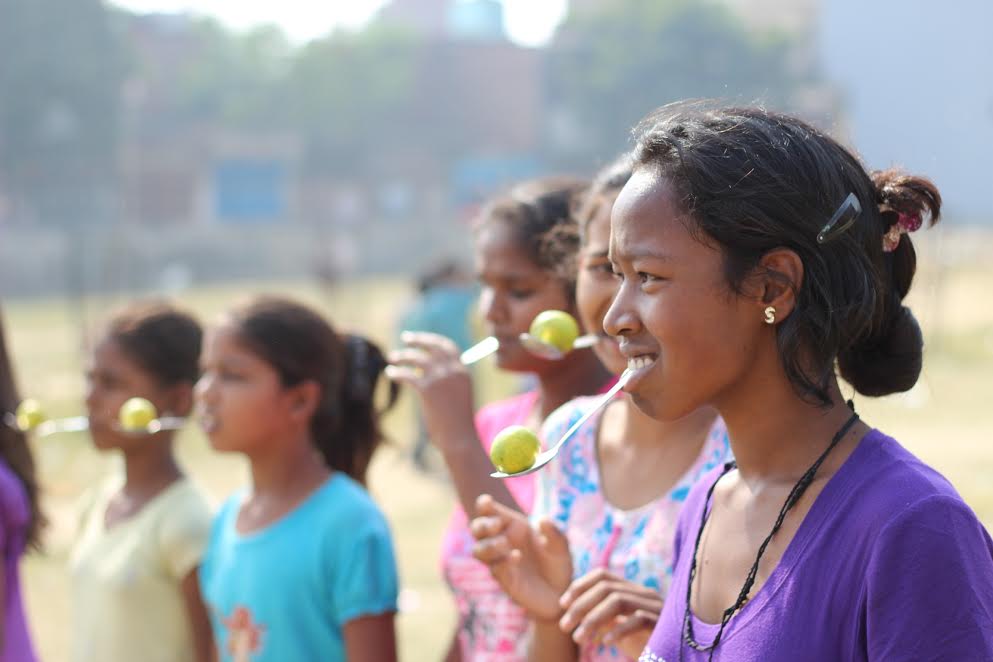
This year the International Day of the Girl Child (observed on 11 October) coincided with Dussehra – a festival that celebrates various goddesses in Hindu mythology, and especially in Northern India young girls are worshipped in many households as part of the celebrations.
However, do we actually value our girls? In a country of over 1.2 billion people, how many girls actually get the privilege of entering a school premises? We find out.
Reality Check:
A few days before the festival, I received an email from CRY (Child Rights and You) that got me thinking about the irony of the situation because there was nothing “righteous” about the alarming statistics that was attached to the report.
Here’s a quick update from the data shared by the organization:
# One in every 5 marriages in North India is a child marriage.
# 22 children go missing in the National capital every day.
# Around 7928 children went missing in 2015 of which more than 50% were girls most in the age group of 12-18 years.
Every Cloud Has A Silver Lining:
While I was too depressed to read about the sad state of affairs, I came across a wonderful story of a 14-year-old girl named Anjali from Dwarka, Delhi, who despite adverse conditions stood up for herself and did the right thing.
Anjali was born in an unprivileged family, and being the eldest of five siblings she was forced to drop out of school at a young age. However, the little girl was adamant enough to chase her dreams and she traced the NGO volunteers in her area.

While both her parents worked to fetch daily wages she had to look after her younger siblings, but Anjali never gave up. She met the CRY volunteers who conducted remedial classes and re-started her education. With time, training and dedication Anjali was finally able to get admission in 6th grade at a government school near her area. Today she is an inspiration for her siblings and other kids in her area.
Why Bring The Change?
It is important to change the deep-seated patriarchal attitude and work towards a society where girls can access their rights, informs Soha Moitra, Regional Director- North at CRY. She says, “Girls are often seen discontinuing their studies after their primary level. They drop out of school due to various reasons like accessibility- where schools are located far away and their travel and safety become an issue, lack of toilets in schools and often due to regressive mindset where young girls are either expected to take care of their siblings and household chores or contribute to their family income or are simply married off early in the garb of tradition, culture and protection. Providing them with a safe environment, regular transportation and good infrastructure can go a long way in ensuring their retention in schools.”
CRY’s national campaign for this year is focused on education and is called ‘School the spark’. It is based on the belief that all children have potential which further gets realised when children get the opportunity to go to school and complete their education.
So, if you know any child in your neighbourhood who needs education, please reach out to the good people at http://www.cry.org/ and do the needful.
XX